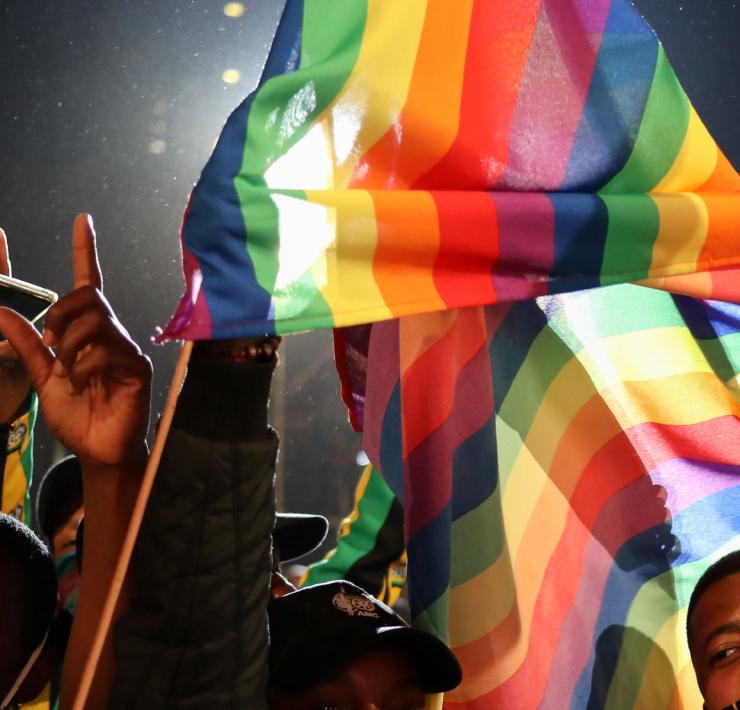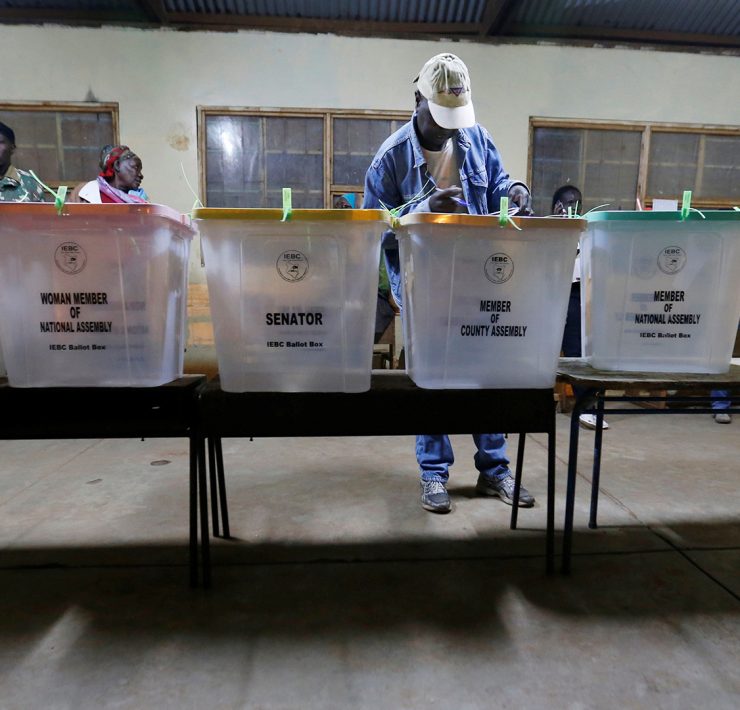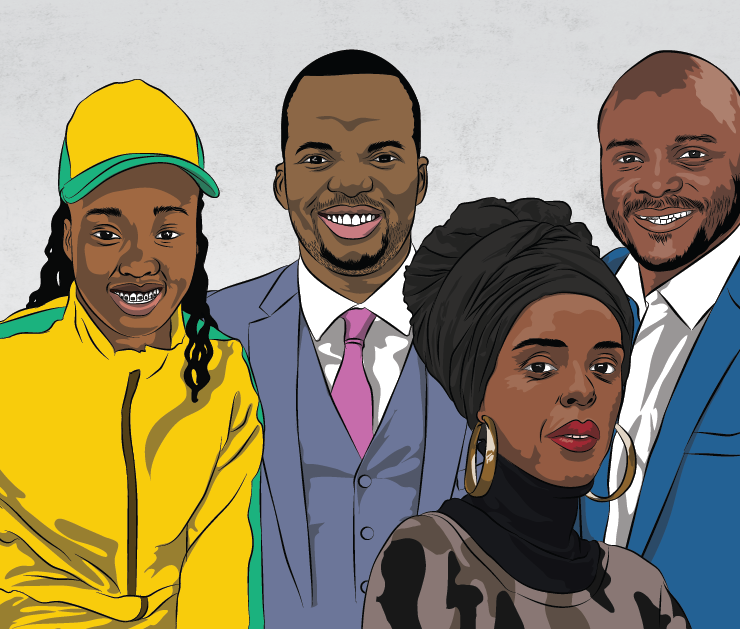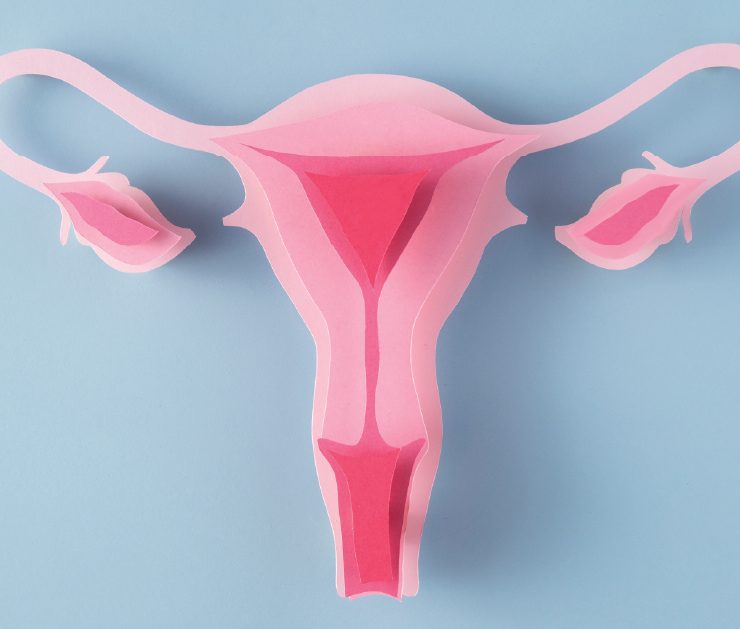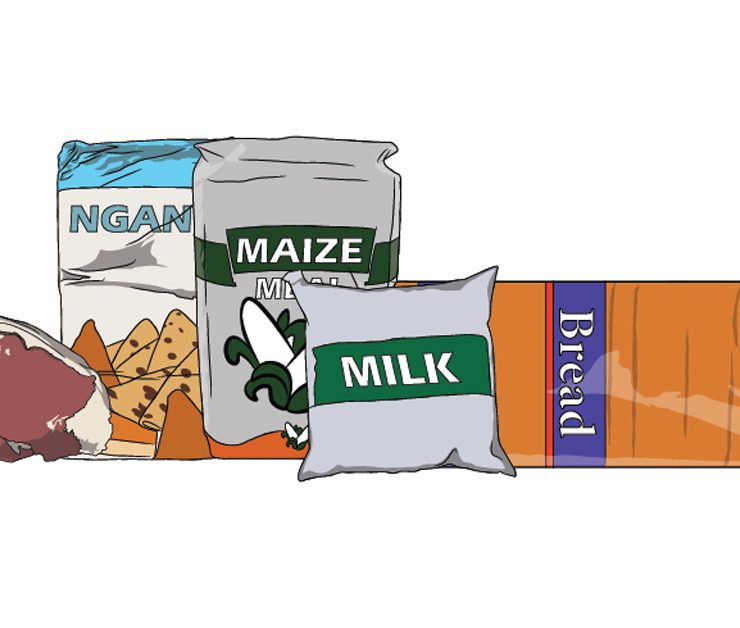When Eliud Kipchoge broke the sub-two-hour marathon record, scientists and veteran athletes could only revere the feat that was once deemed impossible. Five years earlier, David Epstein, a sports journalist, gave a Ted Talk explaining the evolution of athletes worldwide. With better athletes seemingly coming up every year, decade or century, it is clear that it was only a matter of time before the sub-two-hour barrier was shattered.
Whether aided by better running surfaces, better designed shoes or better conditioning, it seems humanity is not yet done with making historic strides in the sports world, except for the Akamba, whose presence has since declined in long-distance races.
“According to the world, Kenyans are great athletes,” Epstein says in his Ted Talk. “But according to Kenyans, Kalenjins are great runners.”
Indeed, Epstein’s words ring true to middle and long-distance races enthusiasts in the modern era.
But Kalenjins were not the only tribe to dominate the long-distance races.
Growing up in Machakos, where everyone seemed to know each other, it was commonplace for residents to speak of Cosmas Ndeti, the man who won the Boston Marathon three consecutive times, in 1993, 1994 and 1995.
Years later, after Ndeti’s masterstroke, the name Patrick Makau Musyoki found its way in the echelons of Kenya’s elite runners after Musyoki shattered the world marathon record at the Berlin Marathon in 2011. Musyoki, who had previous outstanding performances in half marathons such as Reading Half Marathon in 2008 and City-Pier Half Marathon which is held in Netherlands beat the record that the stubborn Haile Gebrselassie held.
Perhaps these were the only runners from Ukambani who were talked about in my childhood. But there had been household Kamba names who had done exceptionally well in long-distance races way before Ndeti’s three-peat achievement.
Benson Masya is one such name. Racing at the inaugural International Association of Athletics Federations (IAAF) world half marathon in 1991 and winning it, Masya went on to win every race he participated in, such as the 1994 Honolulu Marathon and 1997 Stockholm Marathon. In Cosmas Ndeti’s words, Masya was the best road racer from 1993 to 1996.
“Masya introduced me to running by inviting me to the 1992 Honolulu Marathon,” Ndeti said. “He told me to follow him if I wanted to win a medal, and sure enough, I was second after him.”
Yet still, Masya, Ndeti and Makau are not the only legendary long-distance runners from Ukambani. However, it seems, just as their achievements are becoming forgotten in history, so are the prospects of long-distance runners from their Ukambani backyard.
A lot of research has gone into why the Kalenjins make the best long-distance runners.
For instance, according to Epstein, the Kalenjins’ physique – a short torso and long thin legs – gives them an upper hand on track. There is also the high altitude in which they train, among other unknown and speculated about physical, cultural and environmental factors.
Caleb Ndiku, a millennial who has at least made a name for himself in the 5000M and 3000M in competitions such as the Commonwealth Games in 2014 and the World Championships in 2015, disclosed when we met at Kenyatta Stadium in Machakos that Ukambani has the best altitude for elite runners.
“People don’t know about the altitude in Ukambani,” Ndiku intimated. “Places like miti mwonza and Mua Hills have the best altitudes. In Iten, for example, the altitude is 2000-2500m above sea level, and in Mua Hills, the altitude is much higher, reaching up to 3000m.”
Dubbed The Buffalo due to his celebratory pose in races – where he flexes his arms over his shoulders akin to a buffalo’s horns – Ndiku lets in on a little secret.
“The terrain in Machakos is also the best. I have trained in Ngong and Rift Valley, but the best place for me is Machakos because of the terrain,” Ndiku said. “You can go for 10 kilometres in Machakos without going back on the same route, which is unlikely in other regions.”
In Kenya, Iten is dubbed the Home of Champions, and rightly so. This is because of the coterie of elite athletes it has produced over the years. As such, there are running camps in Iten that nurture talent, taking in both established and amateur racers. Such camps also exist in other parts of the Kalenjin hinterland in the Rift Valley, with the respective county governments chipping into their development and sustainability.
Ndiku, an icon of sorts among his peers who is inconspicuous in his two-door Subaru, narrates the tale of a nearly ceremonial camp in Machakos.
“The camp has no coach and it lacks the standards of camps in Iten.” Ndiku said. “While sports scientists from Nike or Adidas go to Iten to train athletes, most athletes here are left to their own devices.”
Ndiku, just like his predecessors who dared major world marathons, has the heart for big stages. As he sets sights on the elusive Olympic medals, Ndiku reveals that politics from athletes and other stakeholders is a significant setback to the development of athletics in Ukambani.
Ndiku found an unlikely corroborator in Athletics Kenya (AK) vice-president Paul Mutui, arguably the most influential player in matters athletics in Ukambani. Reiterating Ndiku’s sentiments, Mutui agreed that indeed Mau Hills has higher altitudes compared to most of Kalenjin terrain.
“When I was a coach, I used to train the athletes at Mua Hills and Iveti Hills, whose altitude is equally good as some areas in Rift Valley,” Mutui said, during our interview at Riadha House,
Mutui is also of the opinion that athletes of the Akamba ethnicity are as talented as their Kalenjin compatriots. The only difference is in how the two communities deal with the sport.
“Kalenjins approach athletics as a source of livelihood. Mutui said. Unlike us, who just take it as a trivial venture.”
With allegations that Mutui has monopolized the academy concept in Ukambani, I give the vice-president a chance to set the record straight.
“It is true I own an academy,” Mutui said. “But there is nothing to monopolize because there is no monetary benefit from it. In fact, I am about to retire, and it would be great if someone came up with an academy in Ukambani.”
However, Mutui opines that there are still athletes from Ukambani making a name for themselves, such as Japan based Alex Mutiso, who, in 2020, won the Santa Pola Half Marathon in Spain.
But the athletes Mutui mentions like Alex Mutiso, have stellar performances, mostly in junior categories and undistinguished marathons across the world. According to Mutui, this happens because the athletes do not have an entire say in the competitions they run in. Their managers usually choose competitions that are less known but are likely to earn both the manager and athlete money, should they win the competition.
“To them, it is a matter of building a name or making money,” Mutui said. “Of course, you can build a name and make money at the same time, but their managers advise them to go for races that will benefit both the athlete and the manager.”
“And do you think that is right?” I ask.
“Absolutely! There is nothing wrong with wanting to make a living out of it’’ Mutui said. “Sometimes, making a name for oneself is hard and requires untold discipline and sacrifice.”
In martial arts, the word sensei means “one who comes before.” Mutui feels budding runners in Ukambani lack a sensei to look up to.
“In every profession, there is someone you look up to—a role model. Young athletes do not have someone they can look up to because the previous athletes are leading unacceptable lives,” Mutui said. “Some of the athletes that were meant to be role models and mentors in Ukambani have become drunkards.”
As foreign as maziwa ya nyayo is to the Gen Z, so is the reign of the Akamba in long-distance races in recent times. And as the AK vice president sets sight on retirement, the prospects of athletes from Ukambani going back to the big leagues have never felt bleaker.


